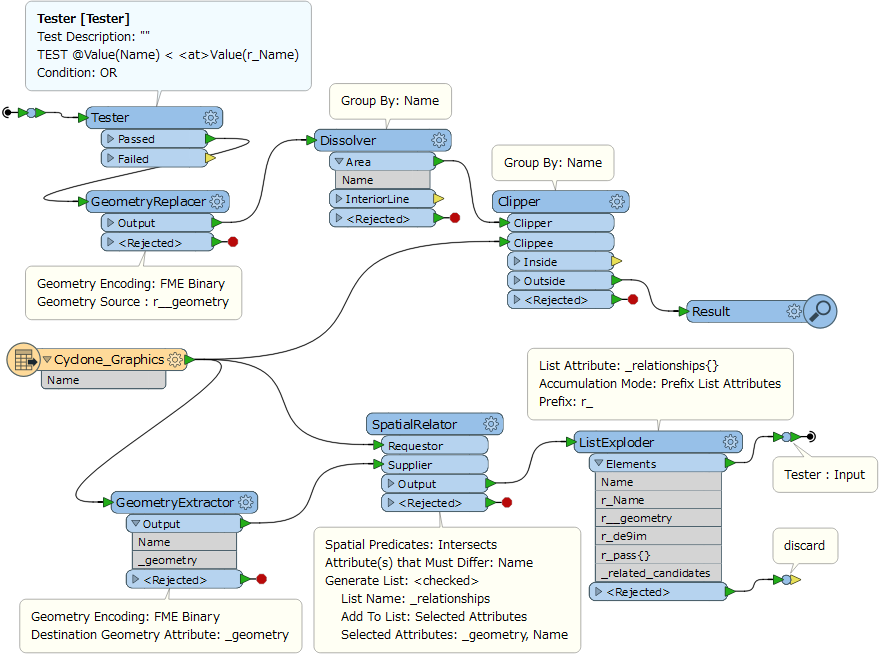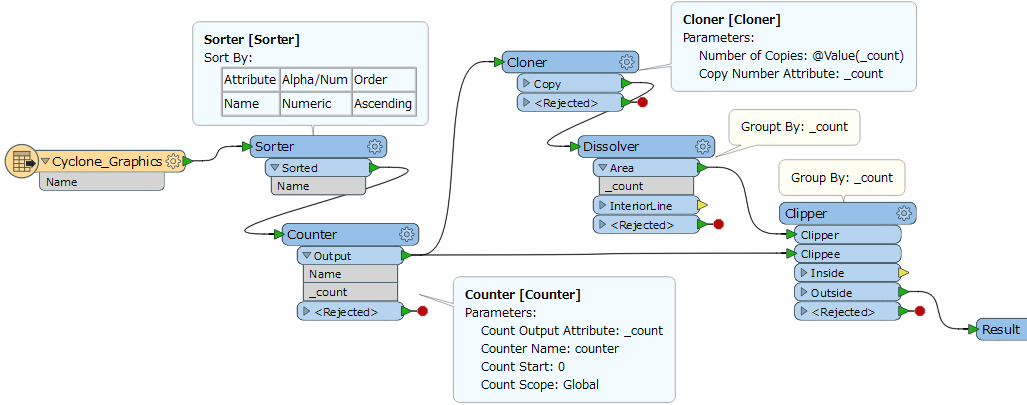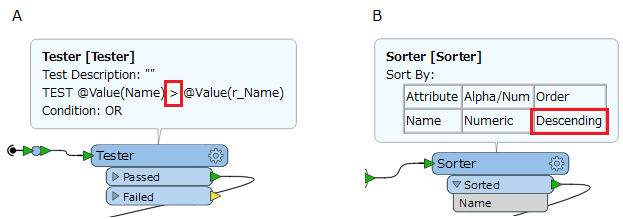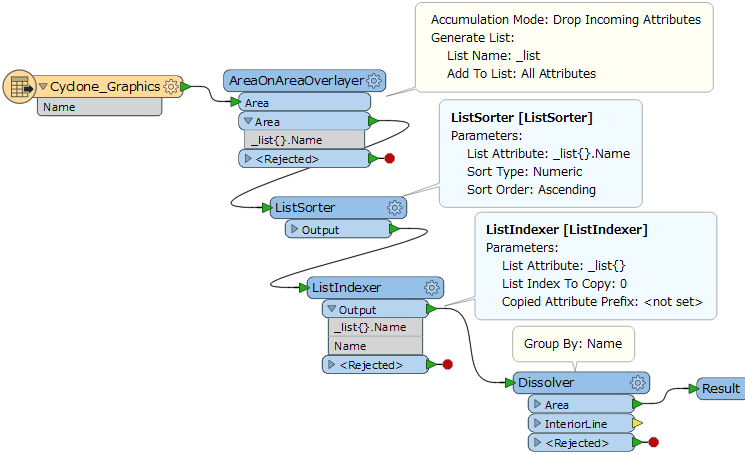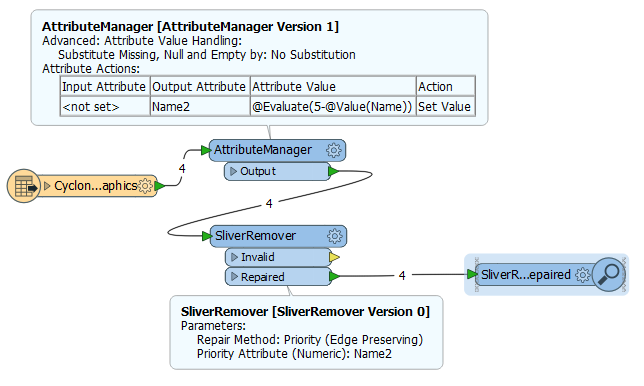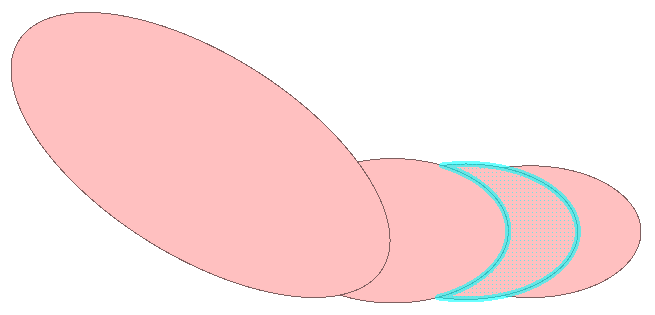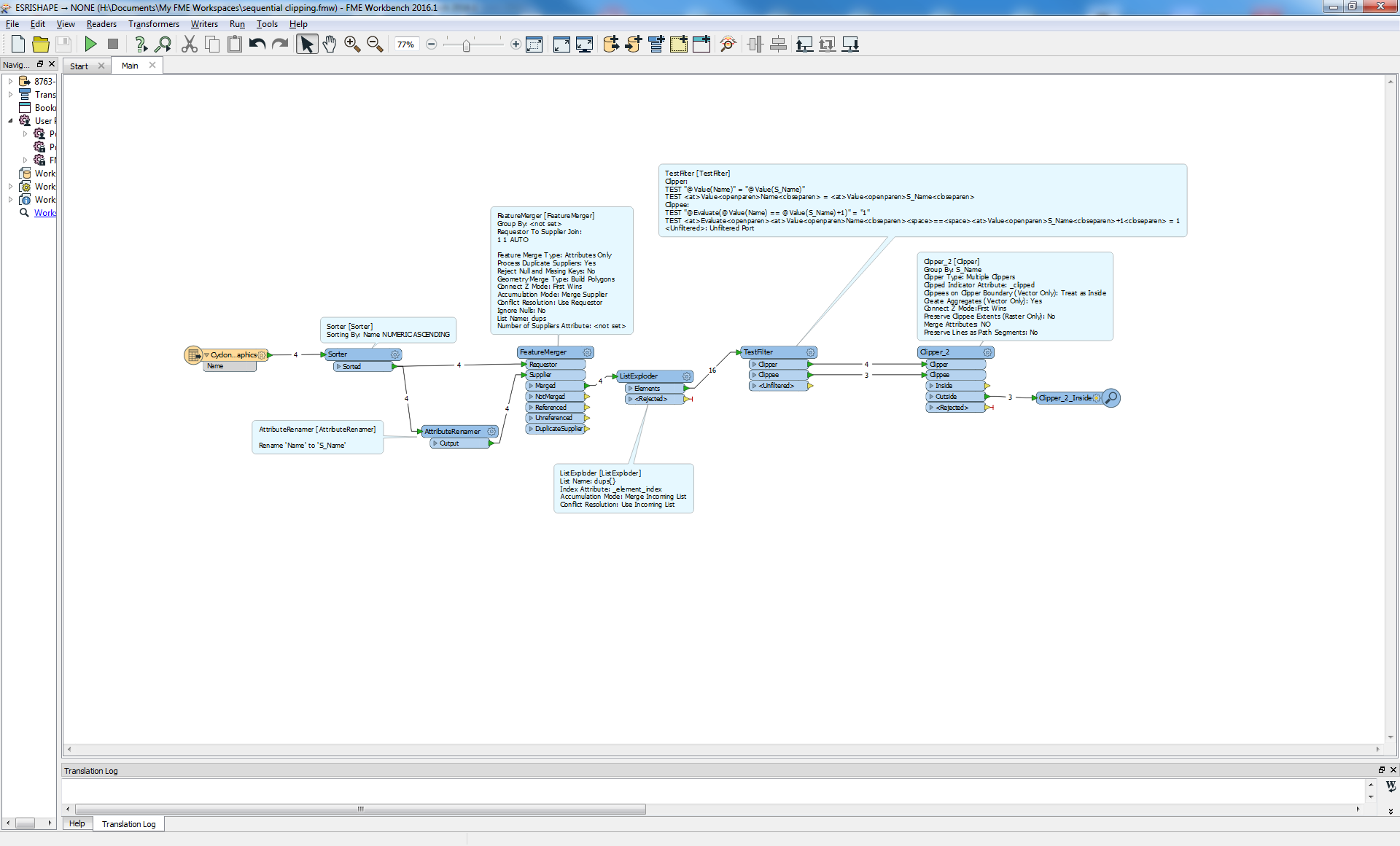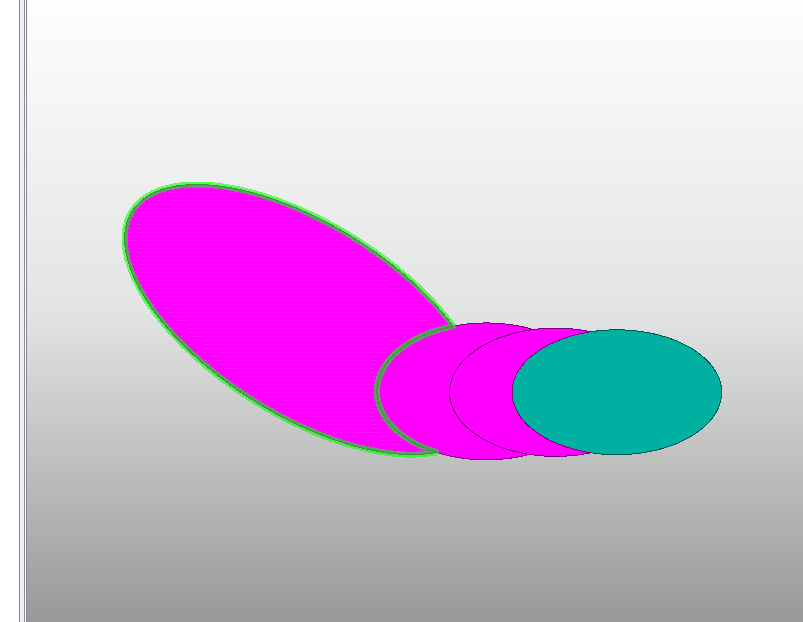Does anyone know a way of clipping a series of overlapping polygons that are in a time sequenced order like you see when a cyclone moves across the land and they are shown as a series of wind area circles. I am trying to remove the overlapping areas from all polygons as well as keep the order of the polygons. The first polygon would have to clip any other polygon that overlaps it then what's left of the second polygon would have to clip the third etc. I have attached a sample shape file as an example.
Reply
Enter your E-mail address. We'll send you an e-mail with instructions to reset your password.





